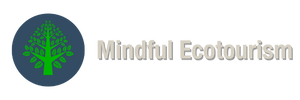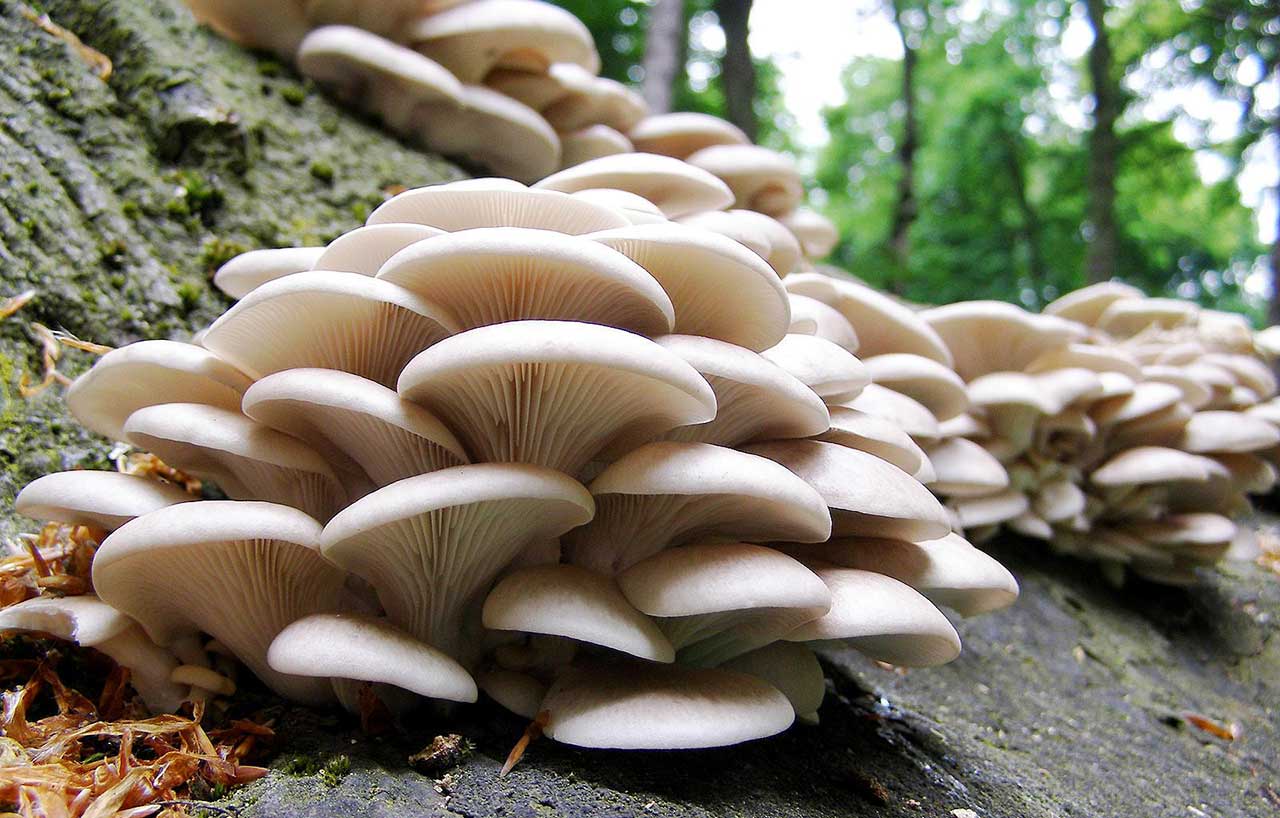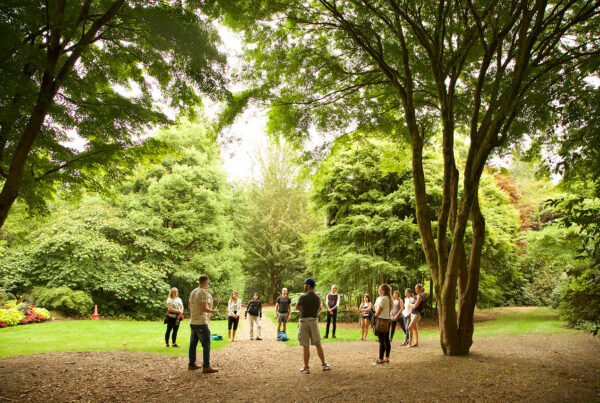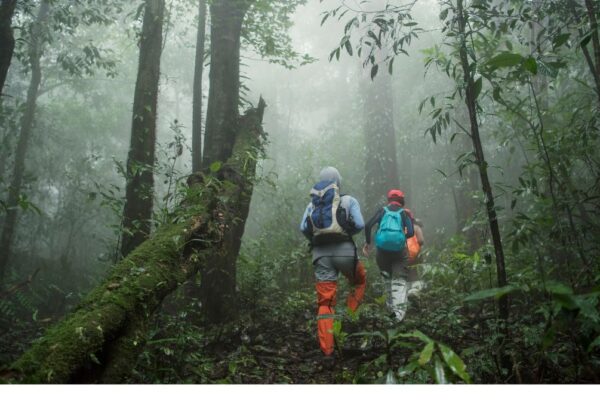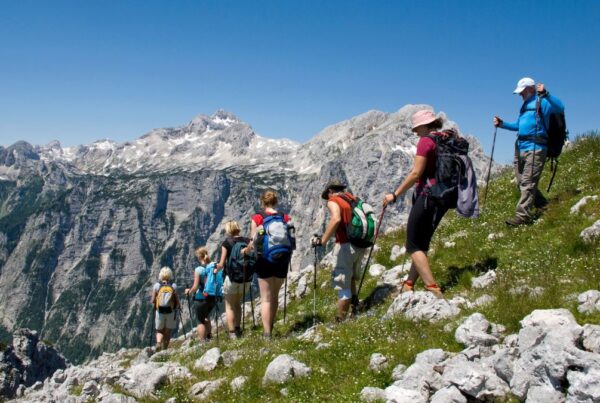If you want to learn about the local mushrooms while visiting Banff National Park then Johnson Lake is a great spot to explore.
Late spring and early fall is the peak season for mushrooms in the Canadian Rockies, which makes it a great time to learn about mushrooms, fungi and the mycelial web of life.
The Kingdom of Fungi creates the foundations for life on Earth through their pivotal role in creating topsoil by recycling and regenerating dead matter back into the living web of life.
Yet most people know very little about fungi and the crucial role they play in every forest and grassland ecosystem on Planet Earth.
If you would like to start exploring the mushrooms you discover, I recommend using citizen science tools to document the different species of mushrooms using the free apps Seek and iNaturalist.
Keep in mind that you can’t pick any mushrooms because it’s not allowed in Banff National Park, I’ve previously covered where you can legally forge in Alberta.
Why Johnson Lake?
Johnson Lake is overlooked by most tourists because it doesn’t have colourful glacial rock flour so it is much more a place of peace and tranquillity than nearby Two Jakes Lake and Lake Minnewanka.
It is the warmest lake to swim in Banff National Park and there’s a great beach and rope swing in the summer.
In the late spring and early fall season, the area around Johnson Lake becomes an ecological wonderland for mushrooms because the dense forests along the towering Fairholme Range get some of the highest rainfall in the valley.
This area also has one of the largest groves of massive old-growth Douglas Fir in Banff National Park and the trail around Johnson Lake is a place of local lore and legends. The most famous story is about the Hermit of Inglismaldie whose abandoned cabin still stands along the far shores of Johnson Lake.
- 10 Best Peru Hiking Tours And Multi-Day Treks In The Andes - April 19, 2025
- 10 Best Banff Hiking Tours In The Canadian Rockies - April 19, 2025
- 10 Best Vancouver Hiking Tours In The BC Coast Mountains - April 19, 2025
